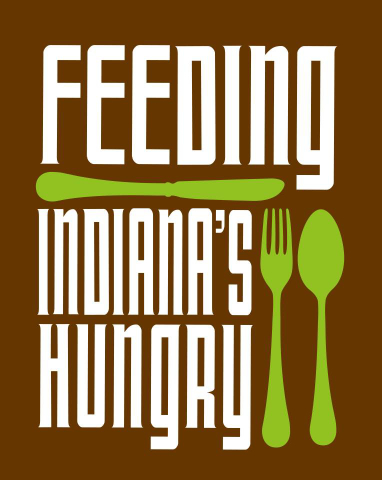1 in 7 Hoosier Households Struggled with Hunger in 2014
Household Food Security research released today by the USDA Economic Research Service illustrates no significant improvement in reducing food insecurity in Indiana. One in seven Hoosier households struggled with hunger on average in the years 2012-2014.
The report found that 14.6 percent of Hoosiers now live in food insecure households, up from 14.1 percent in 2013. The national household food insecurity rate declined from 14.3 percent in 2013 to 14.0 percent in 2014.
“While the needle seems to be fluctuating, no real improvement is being made to ensure that Hoosier families have enough food to remain healthy and active,” said Emily Weikert Bryant, executive director of Feeding Indiana’s Hungry.
Across the nation, households outside metropolitan areas (more rural areas) are seeing considerably deeper struggles with hunger compared to those inside metropolitan areas, with higher rates of food insecurity (17.1 percent compared to 13.5 percent), higher rates of food insecurity in households with children (23.6 percent compared to 18.4 percent), and higher rates of very low food security (7.3 percent compared to 5.3 percent).
The report also captured rates of very low food security, when households reported disrupted eating patterns or hunger due to inadequate resources for food on multiple occasions during the year. It found that 6.4 percent of Hoosiers lived in households with very low food security last year, above the national average of 5.6 percent.
“More than 1 million Hoosiers rely on our emergency food network, which continues to set new records in food distribution, but this will not solve the problem,” said Bryant. “Our nation can solve hunger. The federal nutrition programs are among the most effective tools in ensuring people of all ages get the food they need to be active and healthy. We’re urging our elected leaders to keep these programs strong, and that starts with a strong Child Nutrition Reauthorization bill this fall.”




